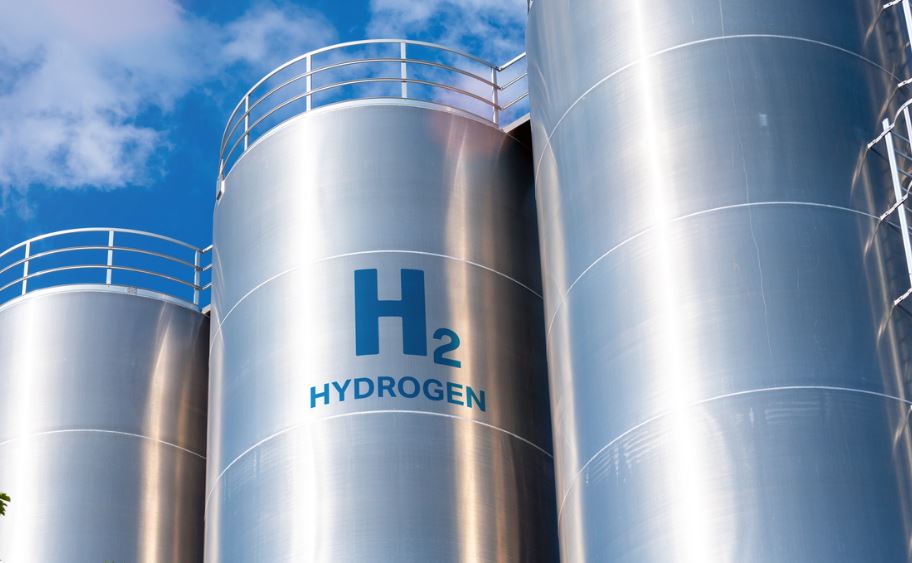Techint Group, led by industrialist Paolo Rocca, introduces a $25 million investment for hydrogen production facilitated by methane pyrolysis. The end goal: to pioneer “turquoise hydrogen,” a variant deemed more sustainable compared to its contemporaries. As global hydrogen production teeters at approximately 100 million tons annually, primarily sourced from emission-heavy “grey hydrogen,” this initiative embodies a paradigm shift toward greener alternatives.
Tulum Energy, a start-up under Techint’s aegis, seeks to establish the viability of turquoise hydrogen, leveraging TechEnergy Ventures and Tenova’s innovative engineering prowess. Set against the backdrop of Vaca Muerta’s abundant methane, the project assumes significance for both the energy transition wave and the local Argentinian economy. While 2023 figures underscore hydrogen’s role as a key input across industries like refineries and fertilizer production, projections estimate demand could double over the coming three decades.
The vision articulated involves deploying a pilot plant in Mexico, backed by Ternium, to trial the technology within a real-world steel production environment. This $25 million endeavor aims to defray dependency on fossil-fueled hydrogen models by foregrounding pyrolysis, which mitigates carbon emissions by capturing carbon in solid state, bypassing the conventional CO2 gas-driven storage needs. This breakthrough could positively impact the production of direct reduced iron (DRI), advocating a scalable, profitable pathway for anterior heavy industrial processes.
Despite the promising outlook, scalability remains a lynchpin for success. While turquoise hydrogen suggests a 0-emission alternative, the feasibility hinges on Techint’s capacity to advance the initial pilot into a full-scale operation. Success would predicate a further $50 million investment into a yet-to-be-decided location; discussions suggest Argentina, leveraging Vaca Muerta’s gas supply and the country’s strategic location.
The innovation doesn’t halt with hydrogen. Tulum Energy, in conjunction with Milan Polytechnic and Tenova, explores carbon solid applications, positing potential for carbon-neutral concrete, advanced battery electrodes, and lightweight synthetic materials. Such versatility accentuates the Eco-Industrial renaissance, turning carbon liabilities into industrial assets, thereby reinforcing the broader transitional narrative.
Meanwhile, Techint’s corporate venture tech, exemplified by their strategic play with Lithios in lithium extraction via direct electrochemical means, further underscores Techint’s commitment to the energy transition. This cross-technology collaboration aims to drastically reduce the energy footprint of lithium mining, an essential mineral for battery technologies fueling the global shift towards electrification.
Moreover, geothermal innovations pursued under TechEnergy’s future projections outline the potential to ramp up sustainable geothermal energy extraction. The promise is compelling: access high-temperature supercritical steam for enhanced energy recovery. By drilling deeper, the ambition includes pushing geothermal viability into mainstream energy portfolios—a needle mover toward global decarbonization efforts.





